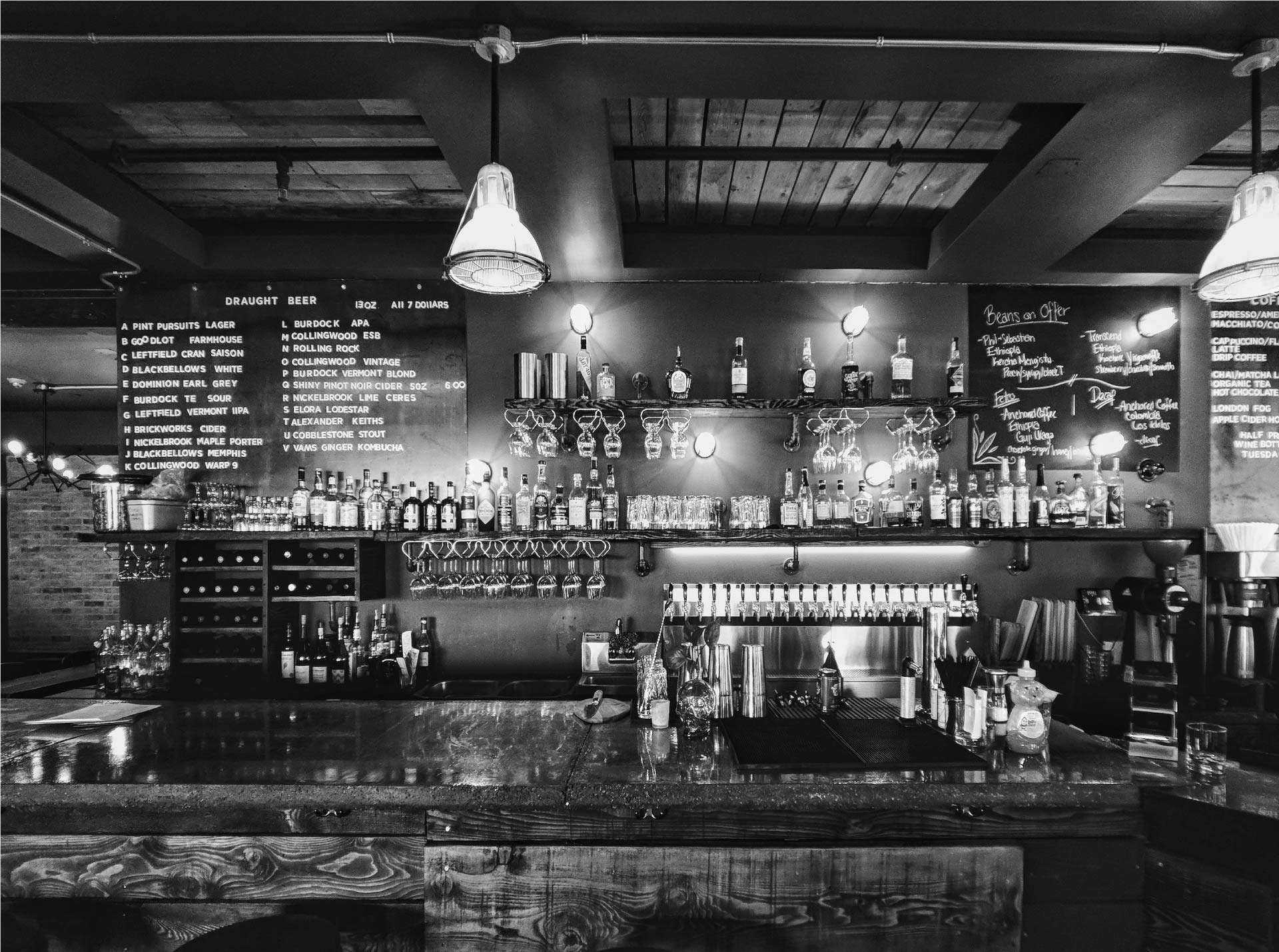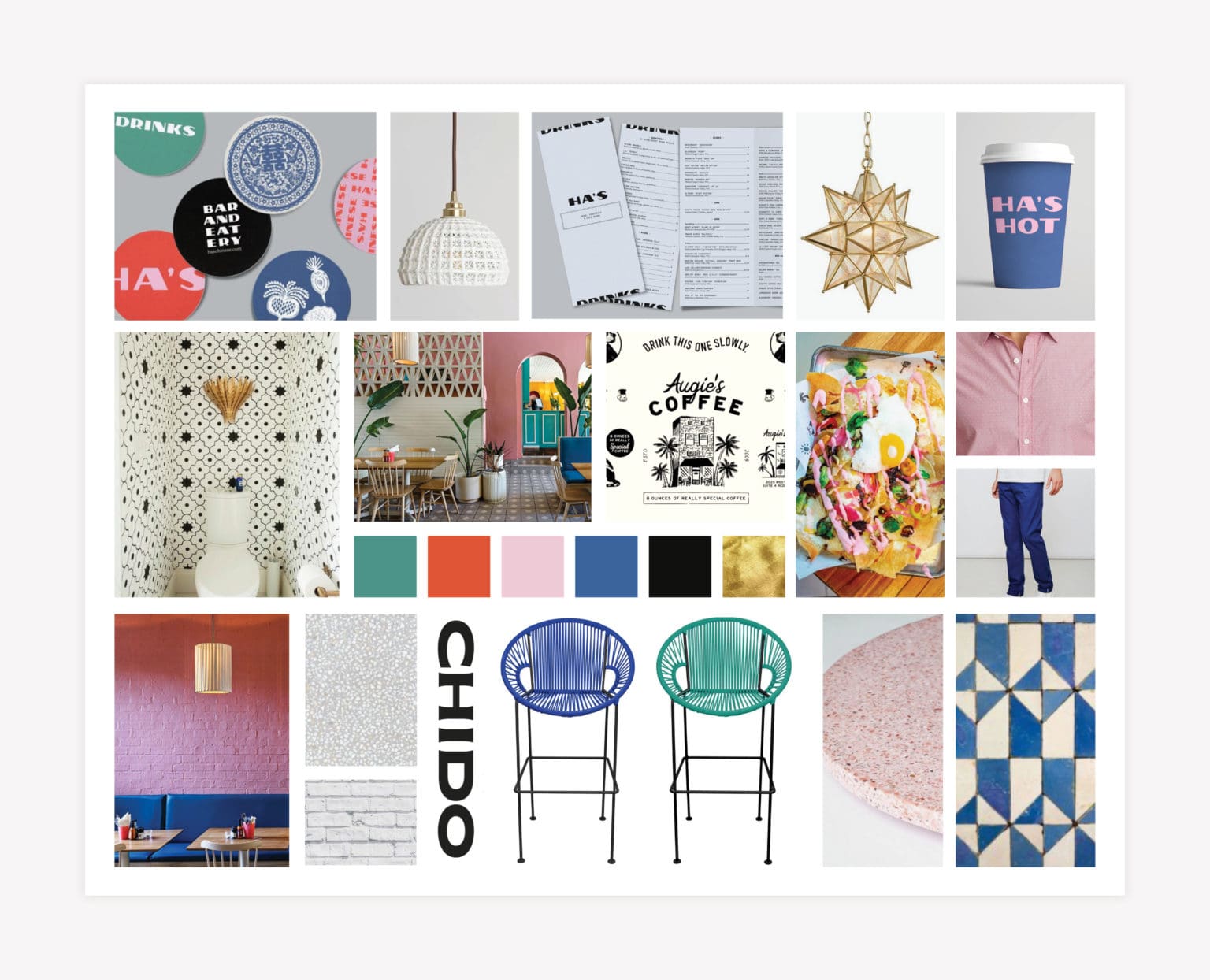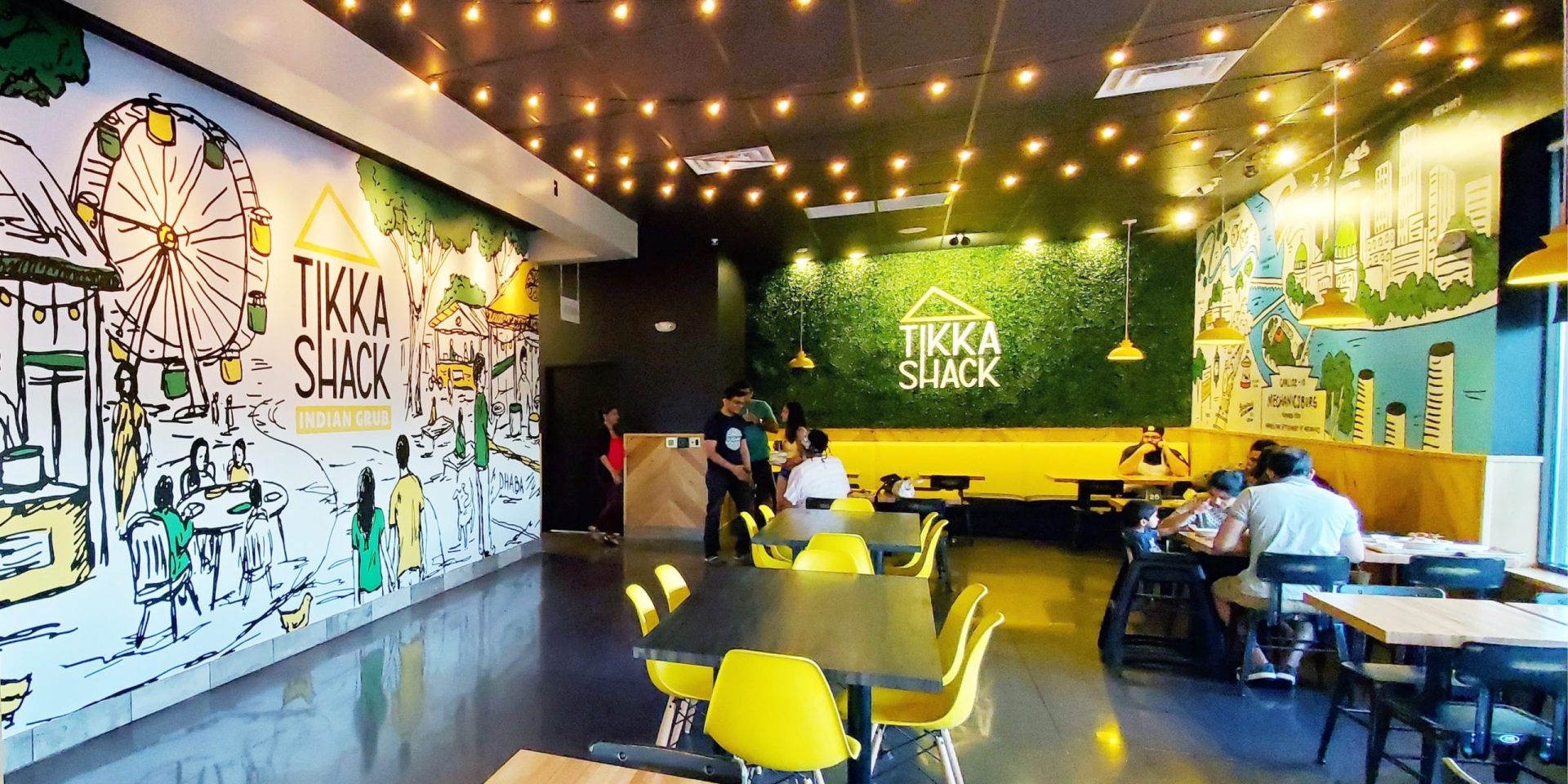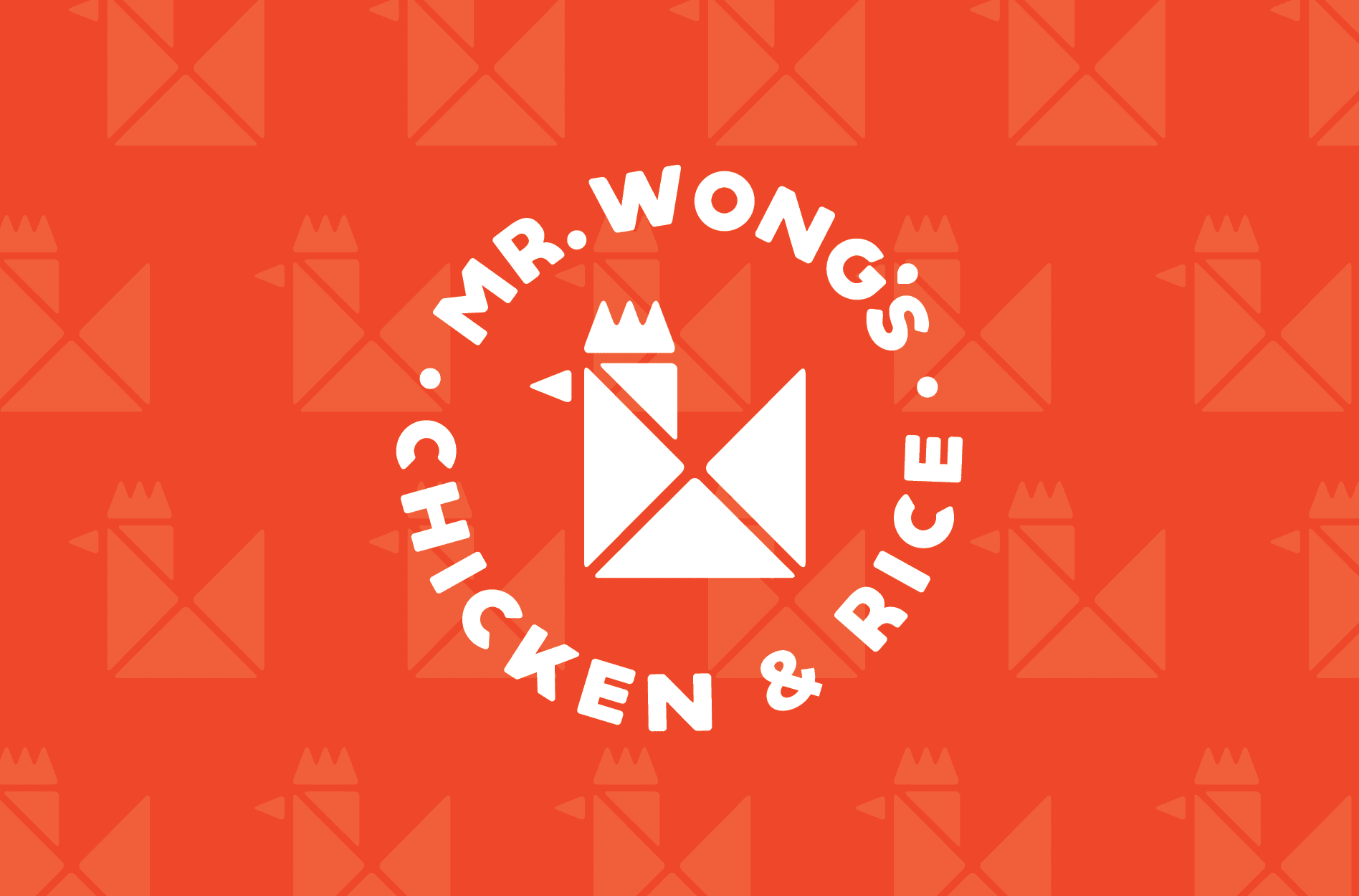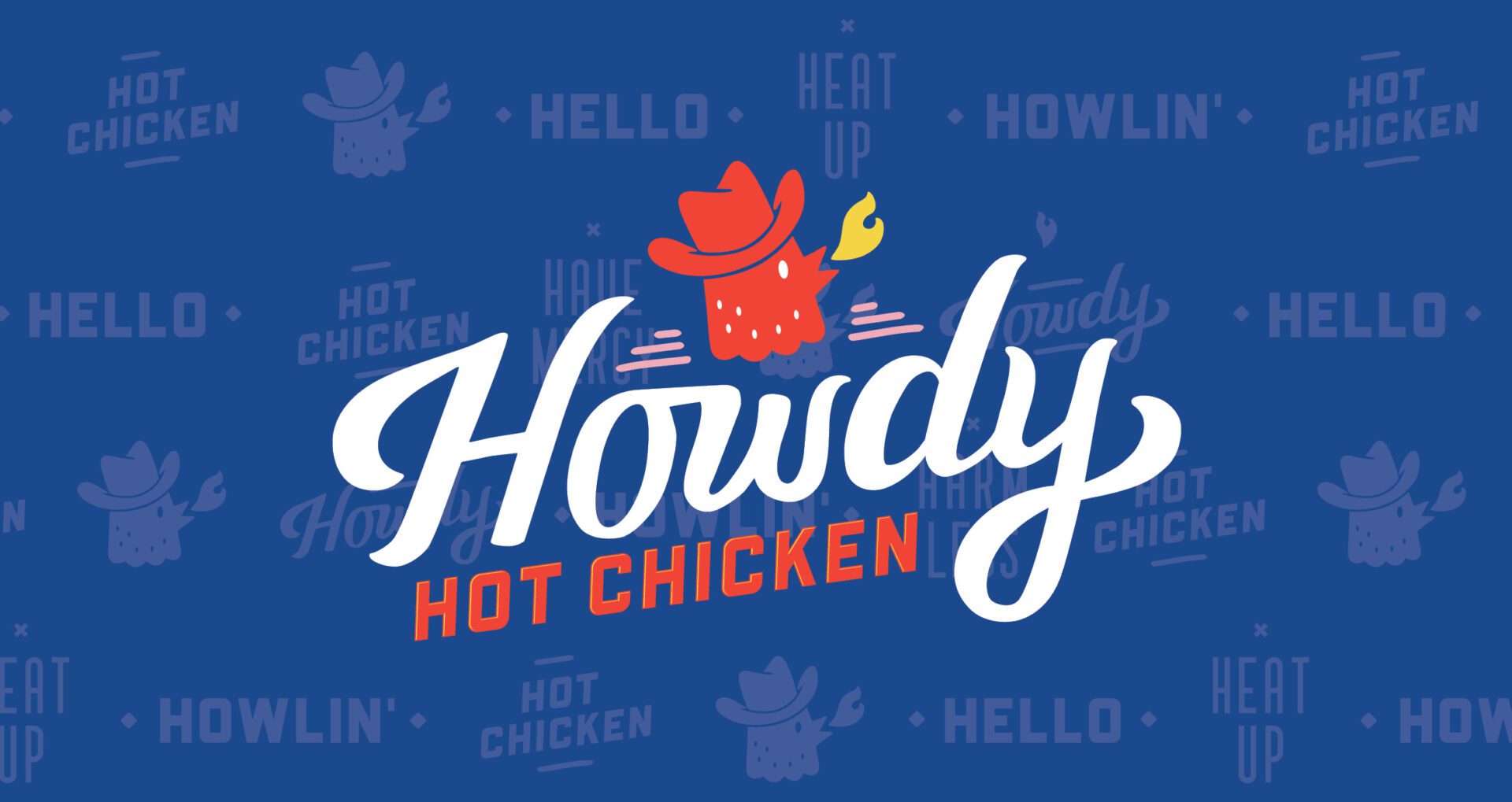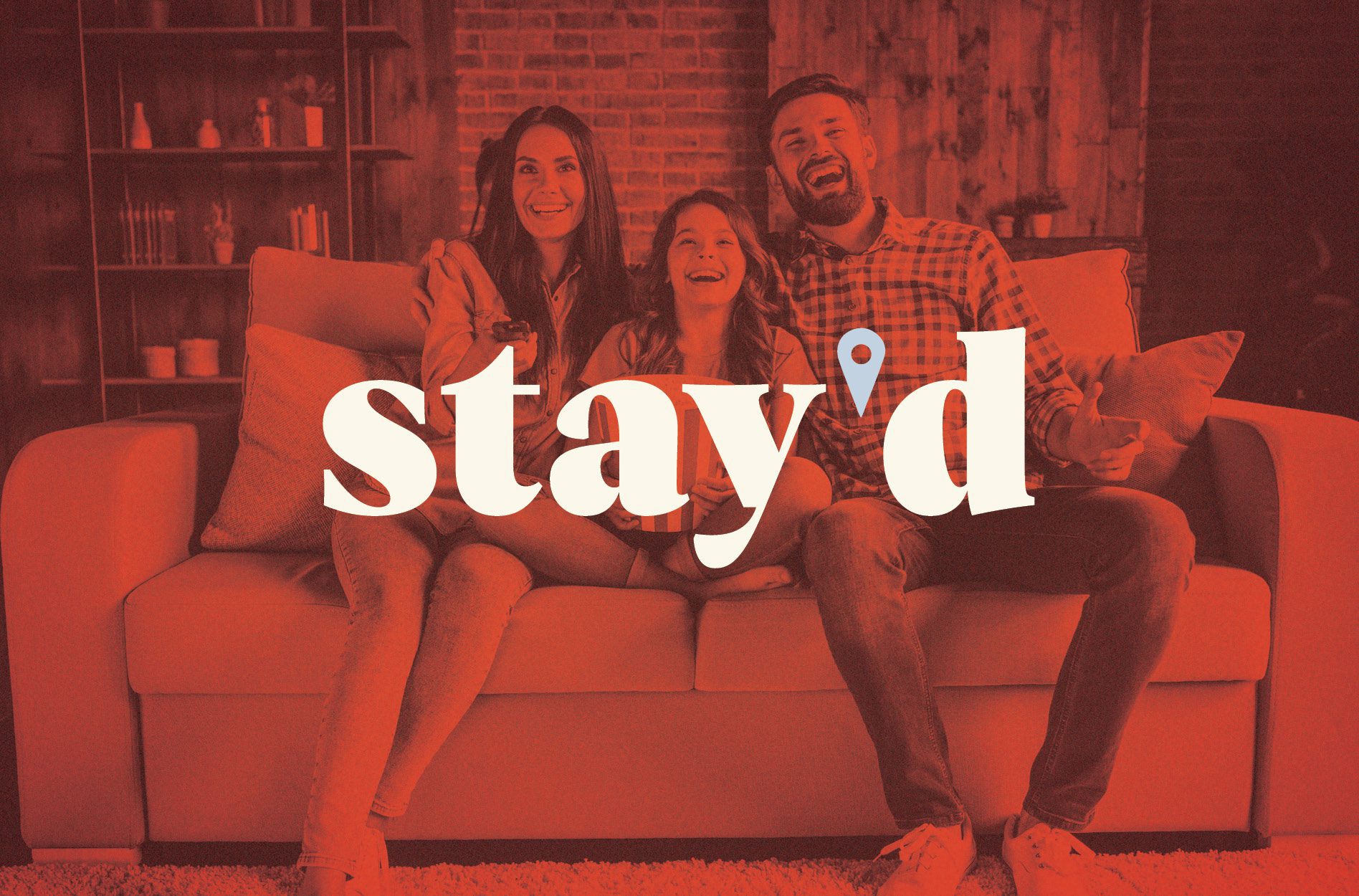Ghost Kitchen Branding Checklist
Believe it or not, ghost kitchens and delivery-only restaurant concepts were already trending pre-2020. In the latter half of 2019, sources indicated that ghost kitchens, or cloud kitchens, would become an attractive option for budding restauranteurs and existing restaurant concepts. The rise of COVID-19 has only made the model more desirable, and in some cases, indispensable. But without ghost kitchen branding, restaurants are unlikely to create a meaningful connection with customers.
So, what is a ghost kitchen?
A ghost kitchen is a delivery-only restaurant concept that harnesses the power of online ordering and third-party delivery services to cater to its audience.
Without a storefront, the ghost kitchen is more agile than traditional restaurant models. In fact, according to Eater, a market research firm recently estimated that ghost kitchens could be a $1 trillion business by 2030.
Under the innovative ghost kitchen model, a restaurant can pop-up relatively quickly, sidestepping the need for an expensive, months-long buildout and a large team. Additionally, ghost kitchen restauranteurs typically rent commissary kitchen space from an established landlord. Typically, equipment is already in place, further mitigating cost and risk.
Ghost kitchens are an experiment in branding and marketing.
Without a storefront, there’s no walk-in traffic. No ambiance. No smiling staff to entice customers to connect with the brand. For delivery-only restaurant success, the customer experience has to be humanized without any humans. But don’t worry; we have a checklist for branding your ghost kitchen. Stay with us, and we’ll give you the goods.
That’s where branding comes in.
In their article about successful ghost kitchens, QSR Magazine states,
“While the investment level in equipment and operations may be lower, the need for investing in brand strategy, development, and marketing is even greater than your standard brick-and-mortar restaurant brand. Without this, any brand will be floating dead in the water.”
We typically tout three keys to restaurant success. And for a ghost kitchen to be successful, it’s no different. You’re responsible for nailing the first two, and we can take charge of the third.
First (and second), for your part, you absolutely have to nail the consistency and quality of the food and your operations. You’ve got to put out a stellar product, and then you’ve got to make sure that it holds up well during delivery.
Finally (and we’ll handle this one), we’ve got to create a connective customer experience. We’ll curate this experience through our proven process for branding, first defining it’s essence, and then allowing that to vibrate through every piece developed. We will create brand support that connects with customers from the moment they encounter your brand online, through the ordering process, as they accept delivery, and throughout their entire meal.
Here’s our checklist for ghost kitchen branding:
Visual Direction, Positioning, and Brand Story


We recommend that ghost kitchen restaurateurs invest in creating a visual direction, positioning statement, and brand story to uncover the heart and soul of the brand. Collectively, we call this Foundational Branding.
Since ghost kitchens operate without a walk-in experience or team for customers to interact with, a solid foundation is crucial. Create a visual direction and position for your venture that takes into account your target and speaks directly to that audience. This is the only way to ensure that your ghost kitchen’s personality is on-point.
Ghost Kitchen Branding: Logo Design

For a brick-and-mortar restaurant, your logo would be large and in charge on an exterior sign.
For a ghost kitchen, the size of the logo might be smaller, but its impact is actually greater. A ghost kitchen logo needs to be instantly recognizable and memorable. It should pique interest and draw attention both online and throughout the customer experience.
We recommend that a delivery-only restaurant logo have a strong icon and compelling brand colors that align with the visual direction. This iconic approach works well for packaging and social media channels.
Menu Design

The ghost kitchen menu design is one of the cornerstones of that experience. The strategy for a delivery-only restaurant menu requires a slightly different approach.
For a delivery-only restaurant, the point-of-purchase will be solely virtual. So the menu design must be easy to navigate, easy to read on screen (desktop and mobile), and simple enough not to confuse the customer.
There’s an art to creating a menu design that is simple, yet still aligns with the overall brand look and feel.
Ghost Kitchen Branding: Website

From your customer’s perspective, your storefront lives on the world wide web.
If you’re operating a ghost kitchen, you’ve got to ensure that your online presence is compelling. A simple website with a logo and your menu listings may not cut it anymore.
Your restaurant website should use powerful, bold branding to connect with customers and make them want to know more about your ghost kitchen restaurant. Additionally, your ghost kitchen website should showcase mouthwatering food photography to engage the viewer and connect people to your menu items.
Finally, brand storytelling will differentiate and humanize the brand.
Packaging
Ok, this is a biggie.
Think about how it feels to walk into your favorite dine-in restaurant. Think about how the walls, tables, place settings, and even the bathrooms look and feel. In a well-branded restaurant, you are immersed in an experience from the moment you walk through the doors.
Now think about what your customers will see and feel as they receive a delivery from your delivery-only restaurant. How does the bag feel in their hands? How does the container open? What does the food look like after possibly being tossed around in the container? What is subconsciously speaking to them? Is there anything prodding them towards a review? A social share? Another order?
How does the delivery experience differentiate your restaurant from any other?
Here’s an example:
Let’s say you serve tikka masala. And just for argument’s sake, let’s say that it’s good, but that there’s another Indian-food delivery restaurant with tikka that’s just as delicious. You’re both within the same delivery range, and your prices are similar. What draws the customer to order from you instead of your competitor?
In a scenario like this one, you’ve either got to come down on pricing or add value. Creating a connective brand will add value and allow you to charge what you’re worth.
You can’t simply put your food in a plain old to-go container, and you can’t simply just throw a sticker on one either. You’ve got to create an experience upon delivery that connects with the customer and that can be done through custom packaging and collateral from a ghost kitchen branding agency. It’s a strategic project, not a simple design project for any graphic designer.
Bags, Containers, Cups

Select materials for your bags, containers, and cups that align with your brand’s position and visual direction. Create messaging and designs for these materials that tell your story and make customers want to connect with the brand.
Delivery experience packaging should be tailored to your unique needs and brand. However, elements to consider include bags, cups, containers, labels, and menus.
Your delivery-only restaurant allows you to do something that dine-ins could never achieve. You actually get to bring your brand into the customer’s home. You get to sit at their table. So, what do you want to say, now that you’ve gotten your customer’s attention?
Flyer
Consider including a card or flyer with every order that creates another human connection.
This piece should convey key messaging and potentially include an offer for a future order. Asking customers to order directly through your own website can be an effective tactic for leveraging the marketing of third-party delivery services and then converting the customers over to direct orders.
Additionally, consider encouraging a social share. Social proof is even more important for ghost kitchens. As happy customers share photos of their food and the well-branded packaging will establish trust among new customers.
Marketing
Finally, don’t let up on marketing. Once you have a bold brand in place, you’re going to have to create a drumbeat that tells your story in the digital space and beyond. People won’t be able to drive by your spot and see your glittering sign and happy patrons on the patio.
Create a strategic marketing plan that aligns with your business goals and brand positioning, and then execute the plan with relentless attention to design, storytelling, and deployment.
Social Media

Novel ghost kitchen brands have a unique opportunity to leverage social media platforms to engage an audience and create a cult following.
Choose to invest your time and budget in social media platforms that illuminate both your story and your menu images. Let your audience get to know the personality of your restaurant concept through social media.
Finally, engage with your followers to create a true community on social media. Follow local foodies and engage with their content to establish rapport. Use geotagging to increase reach and draw interest. And create content that really represents who you are as a brand.
Remember, you don’t have a staff to convey the brand to customers. So invest in digital marketing channels like social media to drive awareness, connection, and engagement.
Report, Analyze, Adjust
Report on your marketing activities at regular intervals and adjust as needed. When sales are down, don’t cut marketing. Instead, double down on getting your voice heard.
Let’s Roll?
The rise of ghost kitchens as a viable option for restaurants is exciting. It’s a low-cost, lower-risk alternative to opening a brick-and-mortar restaurant. Plus, it’s an opportunity to go all-in on branding.
If you’re opening a ghost kitchen, contact our restaurant branding agency. We’ve got your branding in the bag.
